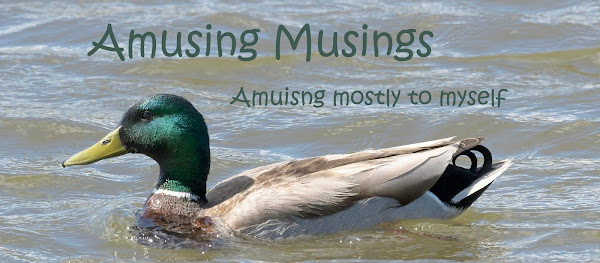I confess, I scour eBay for objects and non-photographic images of Yellowstone, the Tetons, the great American mountain west, and once in a while bid on something interesting. I've just brought back from the frame shop a little image (only 4 x 6 inches) titled Yellowstone Falls, signed just "Beauchamp." The seller didn't have much to add, but she enclosed this info sheet:
In spite of the several apparent facts that should have been easy to pursue, my efforts on Google have turned up almost nothing. Now there aren't very many questions that a few attempts with Google, varying the query as each turns up a datum of relevance (such as a variant of the artist's name), can't shed light on. However, after several disappointing tries in this case, today I finally uncovered something that suggests the date might have been 1936. That certainly makes sense given the strongly WPA style. However, the image in the Davis and Ryan book, while convincingly identical in style and subject matter (iconic Yellowstone!) sports a radically different signature. I can't post it here (due to the protected nature of Google books) but here is a close-up of the signature on my serigraph for comparison:
Please click to view the one an only other image of Mr. Beauchamp's art to compare signatures, and read the snippet about how Beauchamp's serigraphs (among the works of many other prominent artists) were at one point acquired and intended to be sold by Jack Haynes, son of the renowned Yellowstone photographer and documentarian, Frank Haynes, in the Yellowstone Picture Shop.
Here's a close-up of this pretty and evocative little image (which I might add, has been wonderfully enhanced by custom framing, in comparison to the shabby mat it was in when I bought it!)
The serigraph depicts the lower falls of the Yellowstone River, and as always, I encourage you to click on it to enjoy an enlarged view of the details. In spite of its 75 years, the colors are vibrant. (I wonder if it was in someone's drawer or trunk all that time?) In the meantime, if you know more than I do about Jack/John W. Beauchamp, artist, please leave a comment or get in touch with me directly, vcwald at yahoo dot com.
Please click to view the one an only other image of Mr. Beauchamp's art to compare signatures, and read the snippet about how Beauchamp's serigraphs (among the works of many other prominent artists) were at one point acquired and intended to be sold by Jack Haynes, son of the renowned Yellowstone photographer and documentarian, Frank Haynes, in the Yellowstone Picture Shop.
Here's a close-up of this pretty and evocative little image (which I might add, has been wonderfully enhanced by custom framing, in comparison to the shabby mat it was in when I bought it!)
The serigraph depicts the lower falls of the Yellowstone River, and as always, I encourage you to click on it to enjoy an enlarged view of the details. In spite of its 75 years, the colors are vibrant. (I wonder if it was in someone's drawer or trunk all that time?) In the meantime, if you know more than I do about Jack/John W. Beauchamp, artist, please leave a comment or get in touch with me directly, vcwald at yahoo dot com.












